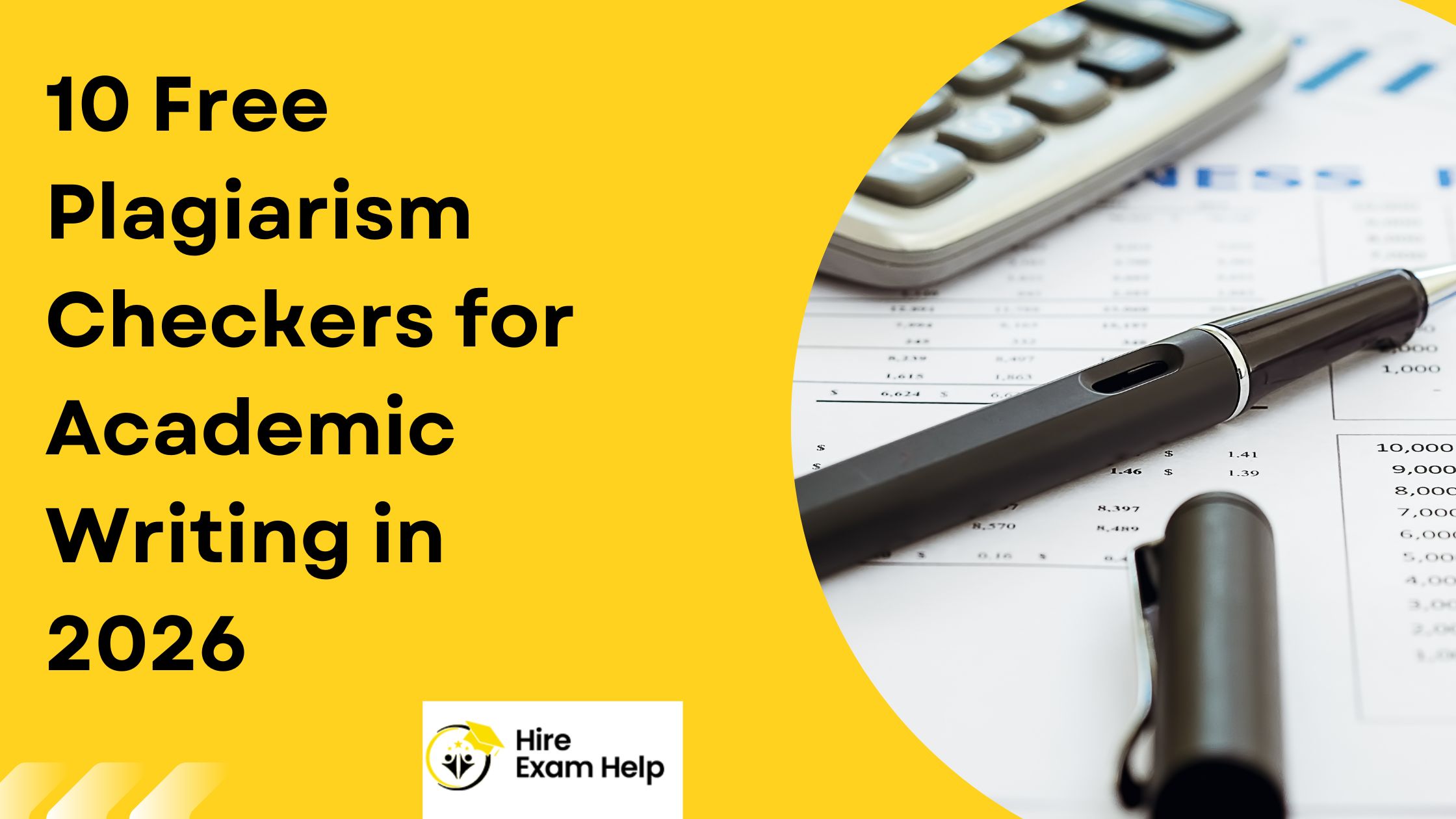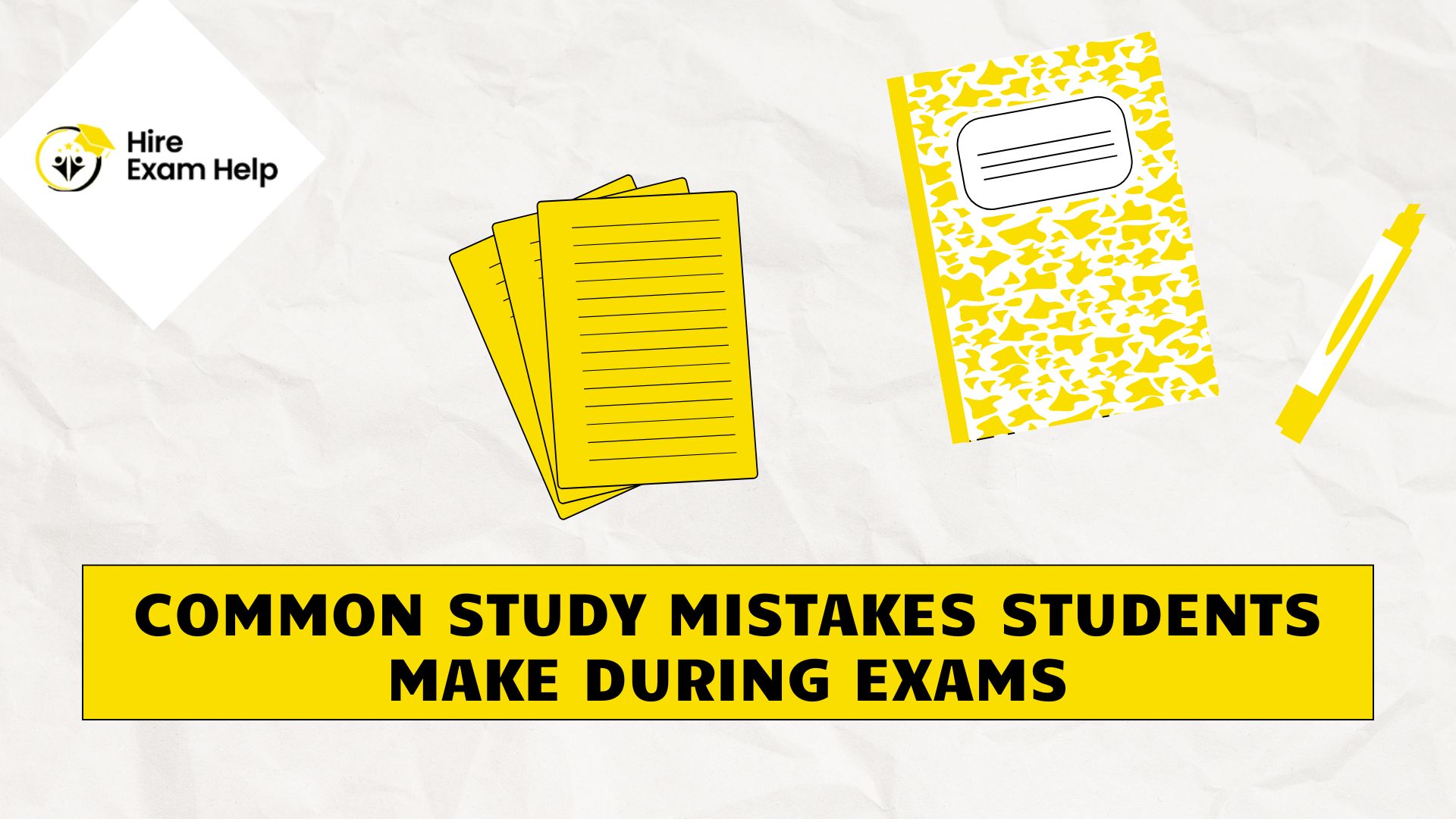


Academic Writing in 2026 still changes because of digital technology, freedom for students to learn wherever they want, and a higher level of authenticity. Due to online research, data, and numerous artificial intelligence writing tools, authentic scholars need to be more cautious than ever before. Students and researchers love to cheat through copy and paste, and this can be taken in a buffet line form or accidentally. Copying and pasting, intentionally or without meaning to, can ruin a student’s academic standing and trustworthiness. Luckily, tons of free plagiarism checkers are readily available to you in 2026, and these tools can give you trustworthy reporting, and often suggestions for improvement. These tools are designed to ensure students do not plagiarize, and that the students do produce high quality scholarly work. Below are ten of the best free plagiarism checkers that a student or researcher can take advantage of in 2026 to preserve their scholarly reputation.
Grammarly has held on to its title as one of the leading Academic Writing Platforms in 2026. Apart from providing grammar and stylistic recommendations, it is also equipped with a plagiarism detection feature that looks through hundreds of millions of online pages and Google Scholar to find duplicate or rephrased content. Moving forward, academics just need to upload their work, and they will receive in-depth reports of their originality in a matter of seconds.
Pros: Grammarly’s plagiarism reports make it very easy to see where the plagiarised content is coming from, with full links to the sources. It also plays nicely with browsers and word processors, which makes it easier to work without interruptions.
Cons: The comprehensive plagiarism detector is only accessible through the premium subscription, yet there are some free services available to those who do not pay such as text corrections and advice.
QuillBot, known for its advanced paraphrasing capabilities, now offers a free plagiarism checker suitable for Academic Writing in 2026. It compares uploaded content against extensive databases and academic sources. This makes it useful for students revising essays, theses, or research papers who want to ensure the originality of rephrased ideas.
Pros: The checker displays percentage originality and shows exact source matches. It also works with QuillBot’s grammar and citation facilities.
Cons: There are word restrictions in the free version so lengthy academic writing may need to be split into parts for thorough checking.
Scribbr is only second to the original Turnitin services among students for plagiarism and citation accuracy. Like Turnitin, it has similar technology and offers detailed reports even on the free trial mode. Academic Writing in 2026, Scribbr is a trustworthy platform for reviewing documents before turnitin final submission.
Pros: Its plagiarism reports are detailed and highly visual, offering percentage breakdowns and color-coded matches. It also detects improper paraphrasing.
Cons: Sometimes the full access plan is a little expensive if you use it regularly, and large files upload takes a few minutes.
Reason behind Plagiarism detector remaining the most preferred CD in Academic Writing in 2026 is the fact that it is easy to use and powerful enough to scan even the smallest of text. It checks the internet as well as academic repositories to identify any matching content.
Pros: Provides free short-essay access, highly detailed reports, and is simple enough to be used for the first time and still have it work out.
Cons: However, it needs you to sign up if you’re uploading large files and it sometimes limits how long you can scan depending on how hard the server is being pushed.
Of all the free tools, SmallSEOTools scores well due to its extensive accessibility and swift scanning procedure. It can be especially beneficial for Academic Writing in 2026 when students are short on time to get instant results without having to register. Whether users prefer copying and pasting their content or doing a upload of their document. You’ll be able to get your percentage-based originality score in no time at all.
Pros: It is totally free and does not require creating an account, it can handle multiple formats, and is very user-friendly on mobile devices.
Cons: There can be inconsistencies on complex academic content and can only scan academic databases to a certain depth.
For many years, Duplichecker has been one of the most trusted tools to detect plagiarism. It continues to be widely used up to its use in Academic Writing in 2026 thanks to its simple design and in-depth reporting capabilities. The scanner searches the internet and compares the essay submitted by the user with other contents itemized by lines.
Pros: Free daily checks are permitted, precise matching sources will be displayed and multiple languages will be supported
Cons: The free version restricts users to smaller word counts, which could be an issue with long dissertations or research papers.
PaperRater merges grammar correction with plagiarism detection in one tool. It’s helpful for Academic Writing 2026. It scans sentence structure, writing style and originality at the same time. This means students get both quality and authenticity checked out.
Pros: All online, no downloads, and fast reports with helpful hints to improve writing and prevent plagiarism.
Cons: The plagiarism checking is not as advanced as the paid programs, and reports may not catch all academic source matches.
Once, PlagScan was well known as a precise plagiarism detector that you could only use in very small quantities without paying. It compares your work to billions of web pages and academic publications so close that anyone who’s ever written an essay while a student will find it familiar. A great option for graduate students and academics looking to follow through on the research ethics of Communication and Media in 2026.
Pros: Its reports are accurate and graphically rich, which allow its users to have a good grasp of the degrees of originality and the sources that have been matched with the paper.
Cons: Part of the complete tool is offered for free use. It also necessitates signing up prior to checking any documents.
Content created by SearchEngineReports.net will give you a free plagiarism detector like the one many bloggers and writers use. This program can also help with Academic Writing 2026 if you’re trying to find that clear, concise way to finish your paper. It’s simple enough and supported by most types of text.
Pros: There was no need to register, it was very user friendly and it was good for writing short academic essays or reports.
Cons: It wasn’t very acurate for very technical or citation rich research papers. It also was not very accurate in catching paraphrased content.
Prepostseo’s plagiarism checker continues to be among the most flexible free resources accessible on the internet. Its comprehensive scan extends over several billions of online publications and web pages. This makes it highly dependable for Academic Writing 2026. It also allows students to upload numerous file formats like PDFs or Word documents to get detailed reports.
Pros: Free to use, highlights plagiarized lines in context, and instant rechecking after editing.
Cons: Free scans are limited by length and results may sometimes take longer to process when busy.
The landscape of Academic Writing in 2026 is showing more focus on ethics, originality, and digital literacy. Since colleges and universities almost entirely depend on technology, students have to do things to protect their credibility. Free plagiarism checkers are essential in this circumstance; they provide students with tools that work well enough to be confident in their work without breaking the bank. Even if you use more than one checker, if you put together the results from multiple tools, you can get good results. That said, what should always be the aim is to come up with authentic work, to cite the work properly and to use the technology to improve the work and not to replace real academic work.


